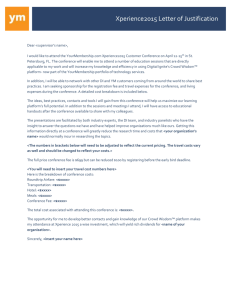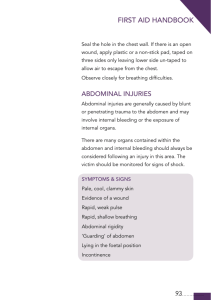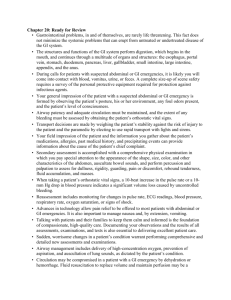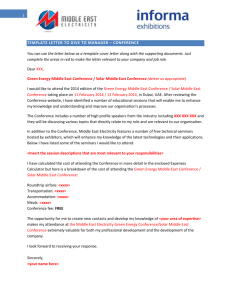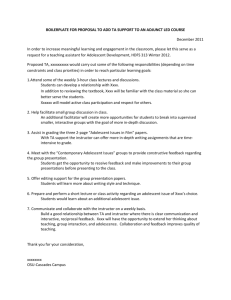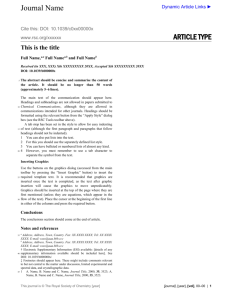Case Study- Post-op intraabdominal bleeding
advertisement
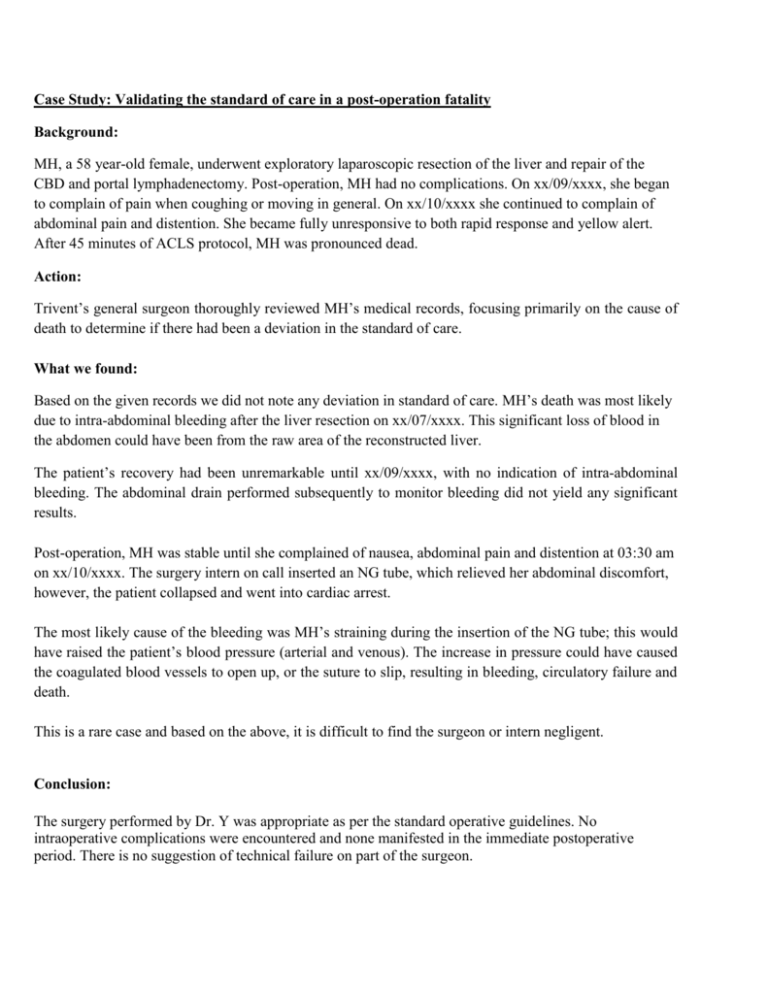
Case Study: Validating the standard of care in a post-operation fatality Background: MH, a 58 year-old female, underwent exploratory laparoscopic resection of the liver and repair of the CBD and portal lymphadenectomy. Post-operation, MH had no complications. On xx/09/xxxx, she began to complain of pain when coughing or moving in general. On xx/10/xxxx she continued to complain of abdominal pain and distention. She became fully unresponsive to both rapid response and yellow alert. After 45 minutes of ACLS protocol, MH was pronounced dead. Action: Trivent’s general surgeon thoroughly reviewed MH’s medical records, focusing primarily on the cause of death to determine if there had been a deviation in the standard of care. What we found: Based on the given records we did not note any deviation in standard of care. MH’s death was most likely due to intra-abdominal bleeding after the liver resection on xx/07/xxxx. This significant loss of blood in the abdomen could have been from the raw area of the reconstructed liver. The patient’s recovery had been unremarkable until xx/09/xxxx, with no indication of intra-abdominal bleeding. The abdominal drain performed subsequently to monitor bleeding did not yield any significant results. Post-operation, MH was stable until she complained of nausea, abdominal pain and distention at 03:30 am on xx/10/xxxx. The surgery intern on call inserted an NG tube, which relieved her abdominal discomfort, however, the patient collapsed and went into cardiac arrest. The most likely cause of the bleeding was MH’s straining during the insertion of the NG tube; this would have raised the patient’s blood pressure (arterial and venous). The increase in pressure could have caused the coagulated blood vessels to open up, or the suture to slip, resulting in bleeding, circulatory failure and death. This is a rare case and based on the above, it is difficult to find the surgeon or intern negligent. Conclusion: The surgery performed by Dr. Y was appropriate as per the standard operative guidelines. No intraoperative complications were encountered and none manifested in the immediate postoperative period. There is no suggestion of technical failure on part of the surgeon.


